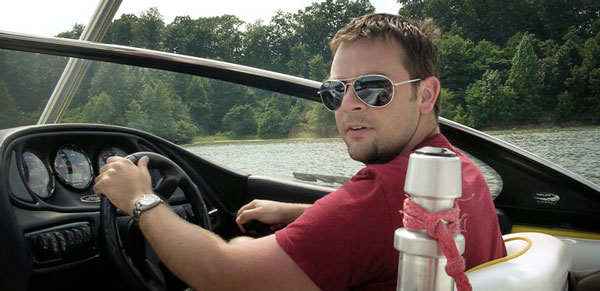
Employee Spotlight
6 Questions With Adam Slipher, One of Equity Creative’s Creative Directors
Q: How long have you been at Equity Creative?
A: Sixteen years – long enough to remember our original lakefront location and the glorious smell of Frank’s “garbage plate special” wafting from the diner.
Q: What are your job responsibilities?
A: Officially, I’m a Creative Director on a number of agency accounts. In that role, I actively art direct, design, concept and devise creative strategy. I also do a lot of environmental design for Equity – everything from trade show booths, corporate offices and mobile displays.
Q: Do you have a background in environmental design?
A: Along with Communications Design, I studied Interior Architecture at MIAD. After graduation, I worked with some professional interior design/build studios. I helped design and build a number of custom retail business interiors. In doing so, I discovered how materials are spec’d, assembled, constructed and lit. I learned which mediums work best together, and how to design based on time and money constraints.
Q: How is designing for an environment different from print or digital design?
A: There’s a different design hierarchy involved because you’re now working with three-dimensional space. You have to consider how a person interacts with the space, and what they need to take away from their engagement. I love working with our clients to discover the story, message or concept they want to communicate, and then taking on the challenge of bringing it to life.
Q: Any tips for creating a successful environmental design?
A: Less is more. Try stripping away all unnecessary elements, and play up what is important, relevant and digestible. Don’t overload the senses with materials and surfaces that compete with the product or main message. Overdesign can be a serious impediment to interaction and communication. Choose structural elements that support your message. If your message is sustainability, consider integrating sustainable materials. Your design materials should remain secondary elements of your primary message.
Q: What do you enjoy doing outside of work?
A: When I’m not working, I like spending time with my family. I dig fishing, mountain biking and my side business of flipping homes.





